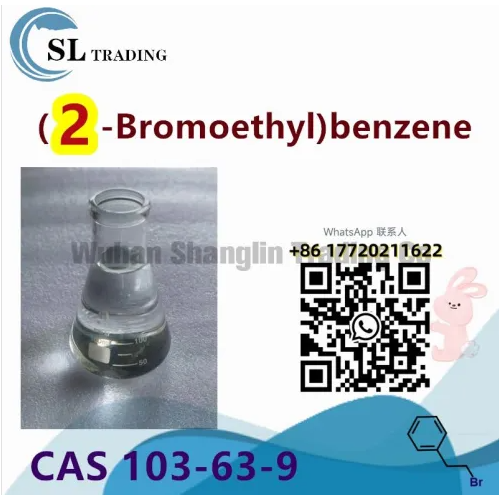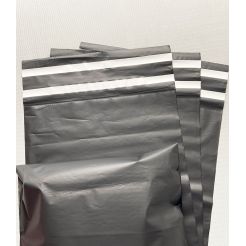(2-Bromoethyl)benzene CAS No.103-63-9/Benzene, (bromomethyl)methyl-/2-phenyl-1-ethyl bromide
(2-Bromoethyl)benzene is an organic compound containing benzene with a bromoethyl group attached to the second carbon atom. It is a colorless liquid with a faint aromatic odor.
Product Description
|
Other Name |
(2-Bromoethyl)benzene |
|
English alias |
Benzene, (2-bromoethyl)-, Benzene, (bromomethyl)methyl-, PHENETHYL BROMIDE, 1-phenyl-2-bromoethane, 2-bromoethy benzene, 2-phenyl-1-ethyl bromide, P-Bromoethylbenzene, β-Phenethyl bromide, 1-phenethyl bromide, Tetrabomoethane, (2-bromo-ethyl)-benzene, PHENYL ETHYL BROMIDE, β-Bromoethylbenzene, (BROMOMETHYL)METHYLBENZENE, EINECS 203-130-8, β-Phenylethyl bromide, SS-BROMOETHYLBENZENE, 1-bromo-2-phenyl-ethane, 2-phenethylbromide, (2-bromoethyl)-benzen, (2-Bromoethyl)benzene, MFCD00000240, 2-phenylethyl bromide |
|
CAS No. |
103-63-9 |
|
Density |
1.4±0.1 g/cm3 |
|
Molecular formula |
|
|
Molecular weight |
185.061 |
|
Boiling point |
220.5±0.0 °C at 760 mmHg |
|
Flash point |
89.4±0.0 °C |
|
Exact mass |
183.988754 |
|
LogP |
3.09 |
Product Use
(2-Bromoethyl)benzene is an organic compound containing benzene with a bromoethyl group attached to the second carbon atom. It is a colorless liquid with a faint aromatic odor. The compound has been of academic interest, particularly to the field of organic chemistry, due to its close analogy to its isomer (1-bromoethyl)benzene. (2-Bromoethyl)benzene is used in many different research applications as an intermediate in chemical synthetic pathways as well as a catalyst in certain organic reactions.
In organic synthesis, (2-bromoethyl)benzene is used as a precursor to compounds such as tryptamines, carbazoles, acridines, and quinolines. It acts as a brominating agent in the synthesis of phenanthrene derivatives, precursors to the anti-cholinergic drug propantheline bromide, as well as a reactant in the synthesis of aryl bromides and groups of related compounds.
As a catalyst, (2-bromoethyl)benzene is utilized as a part of catalytic Nazarov cyclization. This reaction employs the compound to create cyclic products from long-chain alkenes. It is also used as a catalyst for other organic reactions, such as the preparation of cyclopentanols from terminal acetylene alcohols and oxiranes from dioxane.
In addition to its role as an intermediate or catalyst, (2-bromoethyl)benzene has been the subject of physical study. Its spectroscopic properties and dielectric behavior are areas of interest and research, in addition to its reactivity, chemical structure, and solvent properties.
(2-Bromoethyl)benzene has some potentially hazardous properties such as flammability and toxicity, making appropriate safety precautions necessary when handling and storing it. It should be kept away from sources of ignition to avoid fires, either in its original container or, preferably, a safety chemical storage cabinet. It can be stored at room temperature and kept away from direct sunlight and heat sources. Rubber gloves and protective clothing should be used, and contact with skin should be minimized. In the event of accidental skin contact, the affected areas should be washed with soap and water for at least 15 minutes. Inhalation of its vapor in large amounts can be hazardous and should be avoided.
In summary, (2-Bromoethyl)benzene is an organic compound widely used as an intermediate in organic synthesis as well as a catalyst for pathways to biological drugs and other compounds, due to its reactivity and close relation to other isomers. Careful safety standards must be observed when handling and storing it, as it is flammable and hazardous in the event of skin contact.




